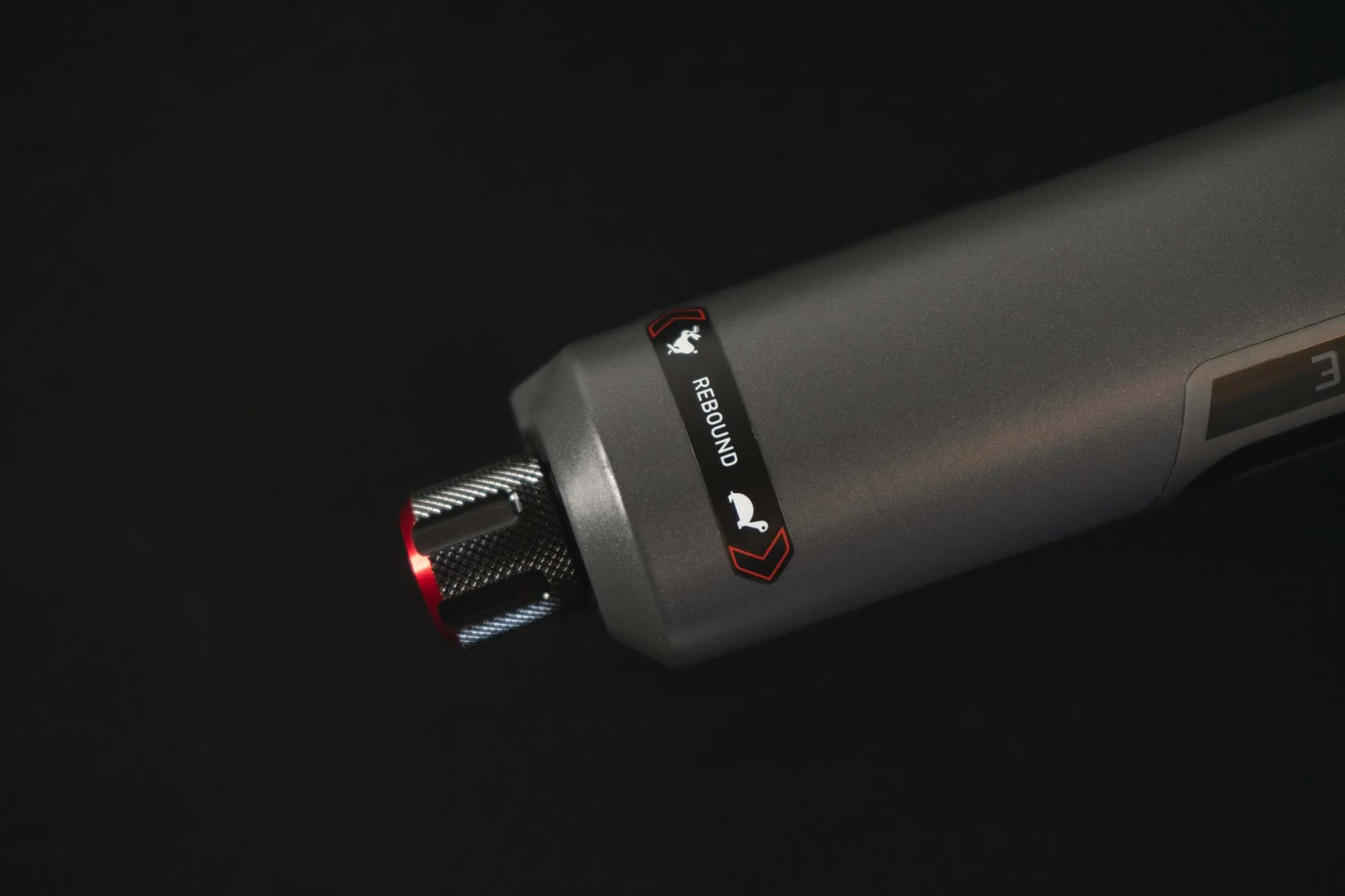
Tuning a new mountain bike – Fork’s rebound settings
In this post, we want to teach you how tuning a new mountain bike works. More specifically you will read in this blog post about how to adjust rebound settings of your fork. In the previous posts, we talked about how to set up your bike with SAG. Moreover we adjusted the rebound of your shock in the last post. So in this blog post the rebound of your fork will be set up correctly.
Tuning a new mountain bike – Let’s have a deeper look at your forks rebound
The rebound is always the red dial or lever. Rebound is the suspension movement when the suspension extends. Usually the rule of thumb is the following: The faster, the better. If you ride a lot in moderate terrain, a slower rebound stage will initially seem more comfortable to you. However, if you move in faster terrain then a slower rebound stage leads to painful arm. Because your suspension cannot recover from the bumps quickly enough. This is called packing.
Important to know when tuning a new mountain bike is also that High and Low relates to shock shaft speed not bike speed. E.g.: High Speed Rebound and Low speed Rebound.
Setting Rebound on your fork – A practical approach
Good news is you don’t need any tools at all to do this generally on a fork these days. You’re going to find any rebound adjustment on the right-hand leg. The dial will generally be either at the bottom of the fork or at the top.
The easiest way to demonstrate what the rebound adjustment does, is, to show the extremes.
Fast rebound
To begin we turn the rebound dial all the way counter-clockwise and the rebound is opened up totally. You’ll see that the fork has basically turned into pogo stick so it returns incredibly quickly even the front is leaving the floor there. So you can imagine as you’re riding it’s going to be incredibly skittish the front wheels not going to track very well if you hit something big it’s gonna kick the front wheel up. You will also not have a lot of traction.
Slow rebound
The other extreme is when you turn the dial all the way clockwise. Now the fork comes back incredibly slowly. When you have set your fork like that, after you hit a succession of bumps, the fork will pack down it won’t have time to extend and eventually you’ll run out of travel. If you hit something big and you could end up going over the bars.
What is the right rebound setting when tuning a new mountain bike?
First we are going to set that rebound that the fork is controlled. It is not going back very quick but it also returns quick enough to deal with lots of rapid impacts. To find this spot, we are turning the rebound knob four clicks counter-clockwise from fully closed.
Now you can do the practical check when tuning a new mountain bike: You damp your fork with your hands on the handlebar. You should use at least a third of your travel. Then after you pressed the fork, take off the hands from the handlebar suddenly. When the suspension gets back into its normal position, the tire should not leave the ground, otherwise the rebound is too fast. So what you do now is, open the rebound click by click until the front tire is actually starting to leave the ground. If this happens, close your rebound on click clockwise. Now you have a good basic setting for your fork rebound.
That method works also for hardtails. One last check you can do on a full-suspension bike, is to damp your bike on even ground while standing on your bike. When the fork is coming back faster than your shock or vice versa, your bike’s rebound is not balanced. Therefore close the rebound (clockwise) on the back or front, depending where your bike’s rebound is too fast.
I hope you enjoyed this blog post, on setting your fork’s rebound. We recommend downloading the SAGLY app for free in the App or Google Play store. There you can find handy features to document, tune and compare your suspension setup. Also the EASY SETUP GUIDE guides you step by step through tuning a new mountain bike.
Download SAGLY, a complete mobile guide for your mountain bike riding, suspension settings and maintenance.

